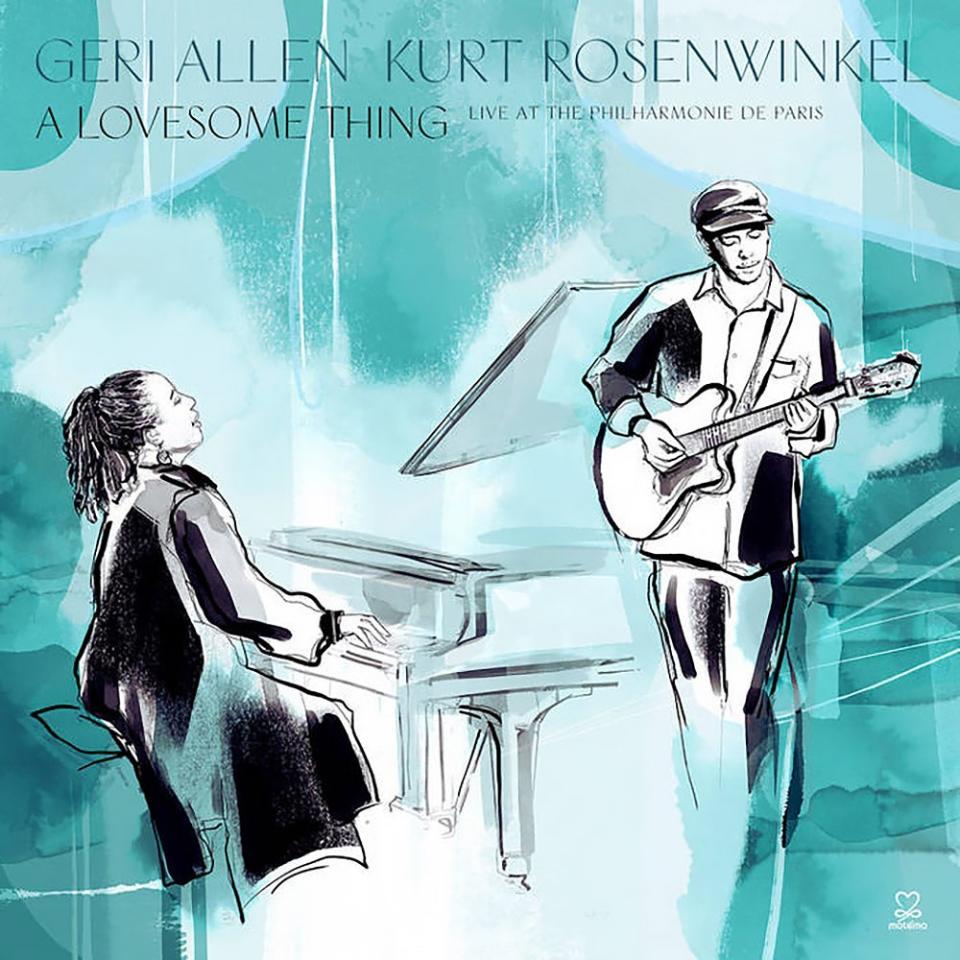The Best Jazz Albums of 2023
- Oops!Something went wrong.Please try again later.
- Oops!Something went wrong.Please try again later.
As I’ve said in a few recent editions of these best-of columns, it’s been a dreadful year for most things but a fine one for music, which, as the verse contends, “has charms to soothe a savage breast, to soften rocks, or bend a knotted oak.” Here are my favorite savage-soothers among jazz albums—10 new and three historical releases (two of them previously unavailable, one a reissue of a recording long out of print). All the new ones also happen to have excellent sound quality. One of the historical albums (the Allen-Rosenwinkel) also does, while the other two sound at least good. I’ve placed an asterisk next to those titles available on vinyl.
This album is as much cabaret, Renaissance, mystical, and folk as it is jazz, but it features Cécile McLorin Salvant, the greatest jazz singer (one of the greatest singers, period) of our time, so it would top the list of any musical genre (or come close). Inspired by a 14th-century French fairy tale, with songs spanning from the 12th century to vaudeville ditties and Broadway showtunes to a few Salvant originals, it’s adventurous, witty, alternately joyful, tragic, and melancholy, sometimes lush (her pure voice backed by her standard jazz quartet), sometimes lean (just her and a djembe percussionist or a nylon-stringed guitar), and in all cases gorgeous. She sings this almost entirely in French; in other words, she’s so unrivaled in her art, she can get away with anything she wants, and enchantingly so.
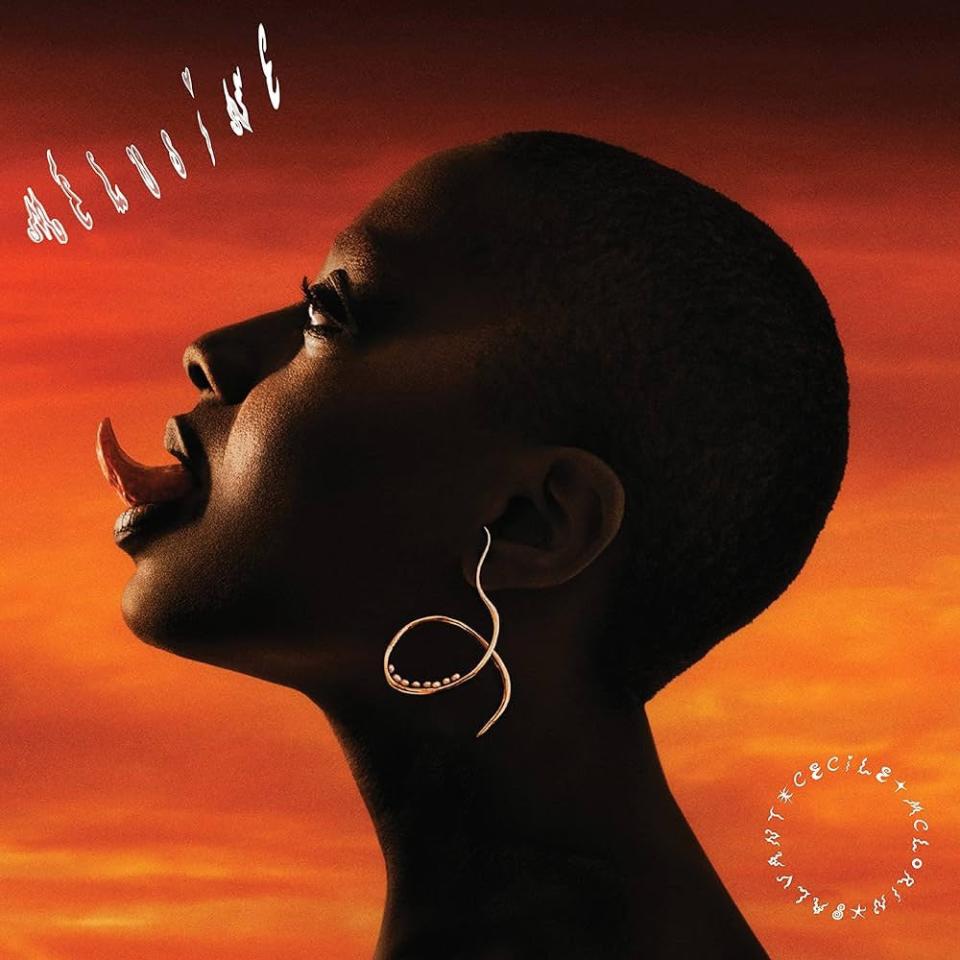
Darcy James Argue has evolved into one of the era’s top big-band composers, second only to Maria Schneider, and this, his fourth album, is his best to date: a work of stunning eclecticism and complexity, but thoroughly accessible, elastic with swing. He’s especially adept at weaving rhythmic cycles into melodies and moods. Each piece in this two-CD collection is dedicated to some positive influence in his life, including Buckminster Fuller (whose structures he joins with Cab Calloway riffs in “Single-Cell Jitterbug”), Duke Ellington (a half-hour piece, “Tensile Curves,” is a variation on “Diminuendo and Crescendo in Blue”), and Levon Helm (“Last Waltz for Levon” is a lovely tribute to the Band’s drummer, wistful but unsentimental).
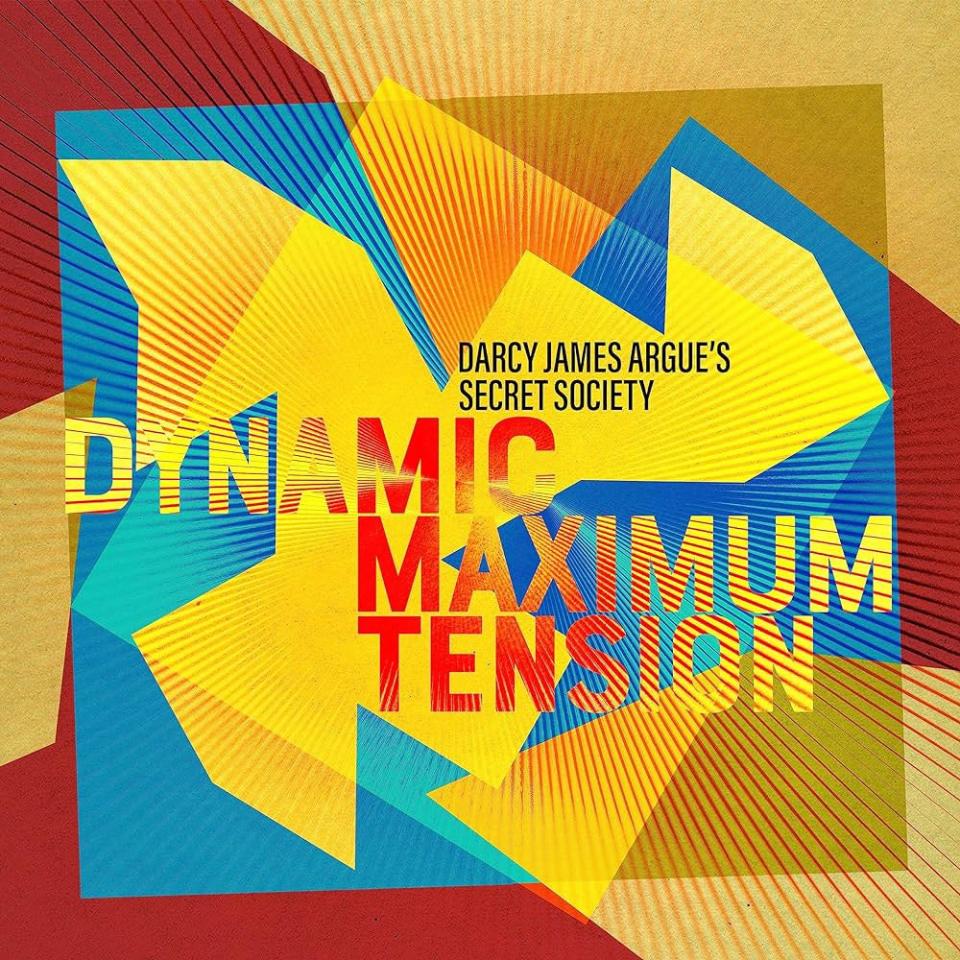
Our most versatile jazz pianist pays tribute to one of the most unjustly obscure jazz composer-arrangers, James Reese Europe (1881-1919), a World War I hero (head of the Harlem Hellfighters), Black activist, and musical pioneer (his 125-member orchestra played Carnegie Hall several times) whose legacy Moran shapes into a reconception of jazz history, tracing new paths in the music’s evolution, fusing J.R. Europe’s innovations with more modern adventures—for instance, “Ballin’ the Jack” with Geri Allen’s “Feed the Fire”—all with his own distinct signature.
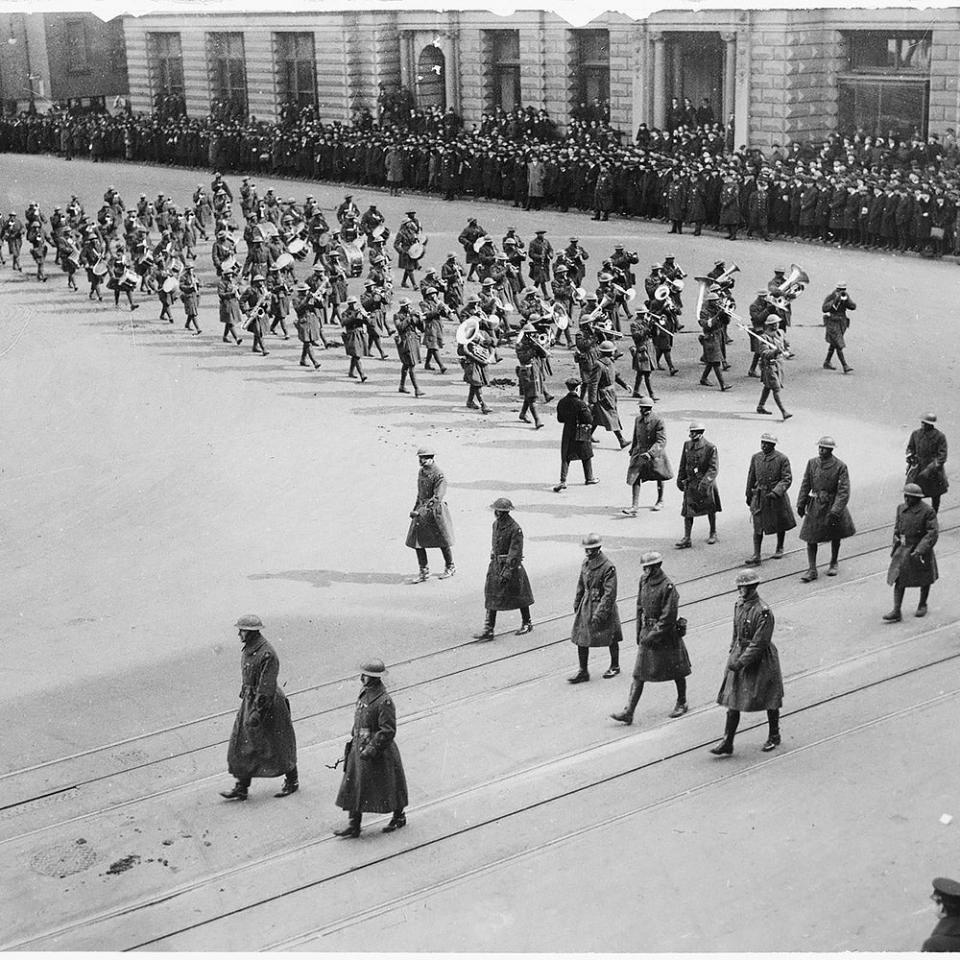
Diehl, a Juilliard-trained pianist of uncommon elegance and virtuosity, teams up with the Knights—a chamber ensemble rooted in jazz and classical—to perform the first complete, professional recording of Mary Lou Williams’ orchestral-jazz suite. A magisterial composer and agile pianist, inspired by Bartók and Schoenberg but also pal and collaborator of Gillespie, Ellington, and Monk, Williams is too-little remembered, despite a revival of her works—mainly by pianist Geri Allen—in the early 2000s, two decades after her death. Zodiac Suite, which she wrote in 1945, should bring her to the fore. It’s a bundle of joy, swing, and surprise.
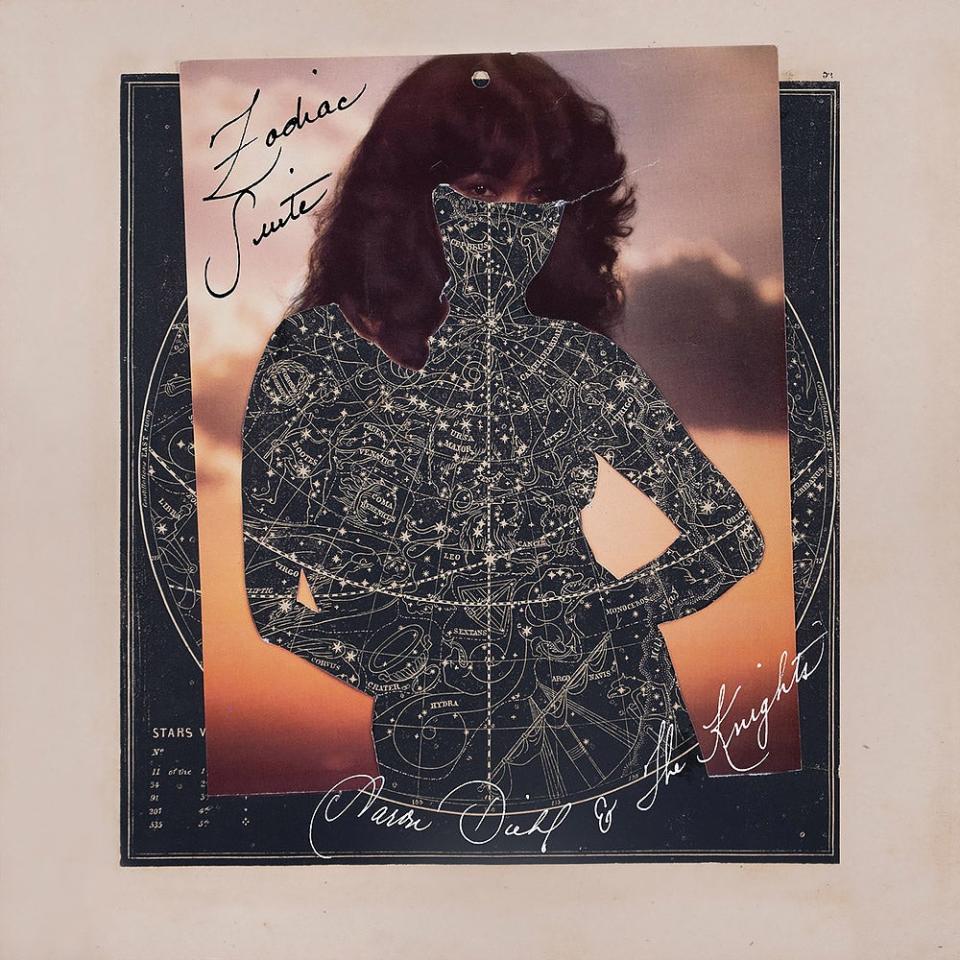
Threadgill, 79, is a pioneer of the 1970s’ Great Black Music movement, an innovator in jazz, classical, and undefined genres in between. (His 2015 album, In for a Penny, In for a Pound, won a Pulitzer.) The Other One, a live concert album, features a 12-piece band—three saxes, two bassoons, tuba, violin, viola, two cellos, piano, and percussion—and it’s riveting. Give it a close listen.
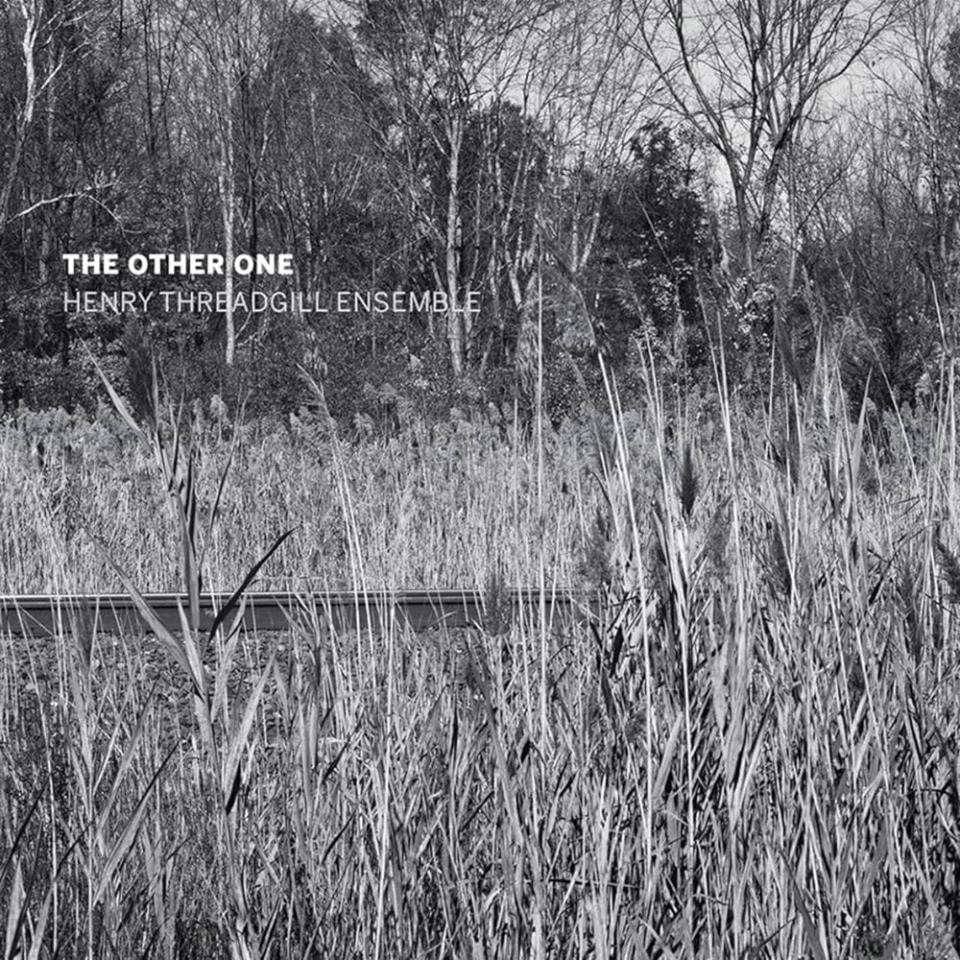
Ben Wolfe is one of those “musicians’ musicians,” little known even among jazz fans but a staple on the New York scene. Unjust, his 10th album, also shows him as an inventive composer. In the opener, each member of a sextet plays in crisscrossing registers: the drums double-timing, vibraphones adding textural shimmers, trumpet sputtering just the right notes, sax launching a bebop solo, and Wolfe’s bass setting the pace and the anchor.
Then comes a lilting ballad, then something else entirely, all of it very, very cool.
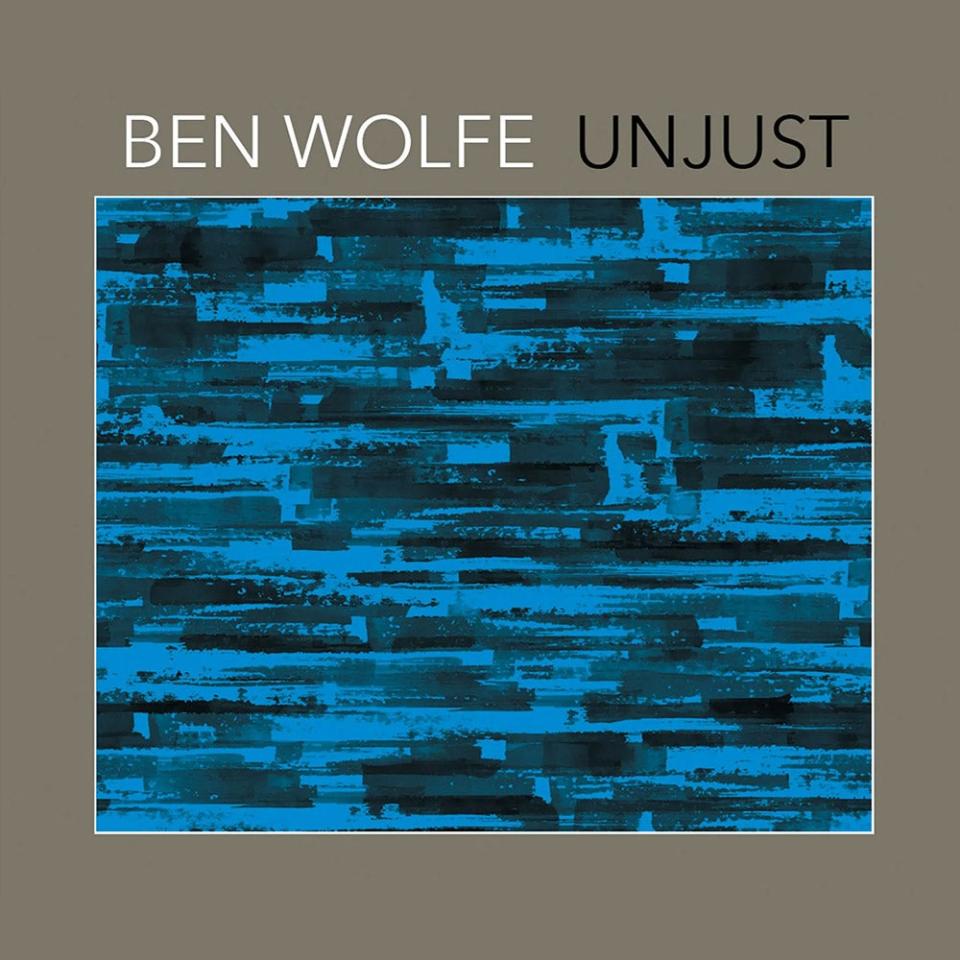
Fortner is best known as Cécile McLorin Salvant’s pianist, but he’s also one of the premier musicians out there: sly, witty, adept in every genre, and adventurous at improvising in them all. This is a two-disc album, each completely different from the other: Solo is single-take excursions in standards by Stevie Wonder, Astrud Gilberto, Ellington, and Rodgers and Hart, played in ways nobody has ever imagined (in a good way), and Game is original, overdubbed experiments teeming, simmering, howling, and purring with multiple keyboards and drums, a chime tree, and egg shaker, all played by Sullivan with zest.
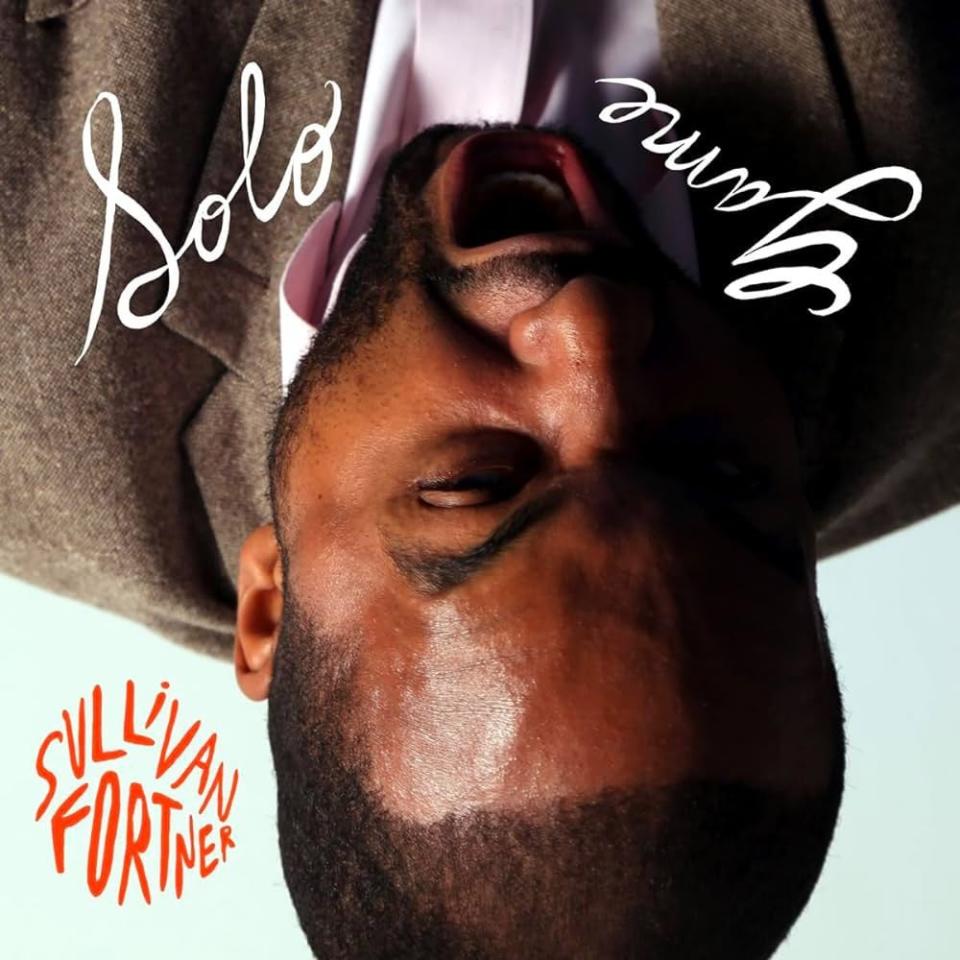
This may be the only jazz album of Beatles songs that works, in part because Mehldau—a pianist of pristine touch, dexterous rhythm, and a peerlessly colorful harmonic sense who was born in 1970, the year the Beatles broke up—chose lesser-known tunes with odd rhythms or intriguing harmonies (mainly from Revolver, Abbey Road, and Magical Mystery Tour) and embellished those elements. It’s for the most part a delight and a triumph.
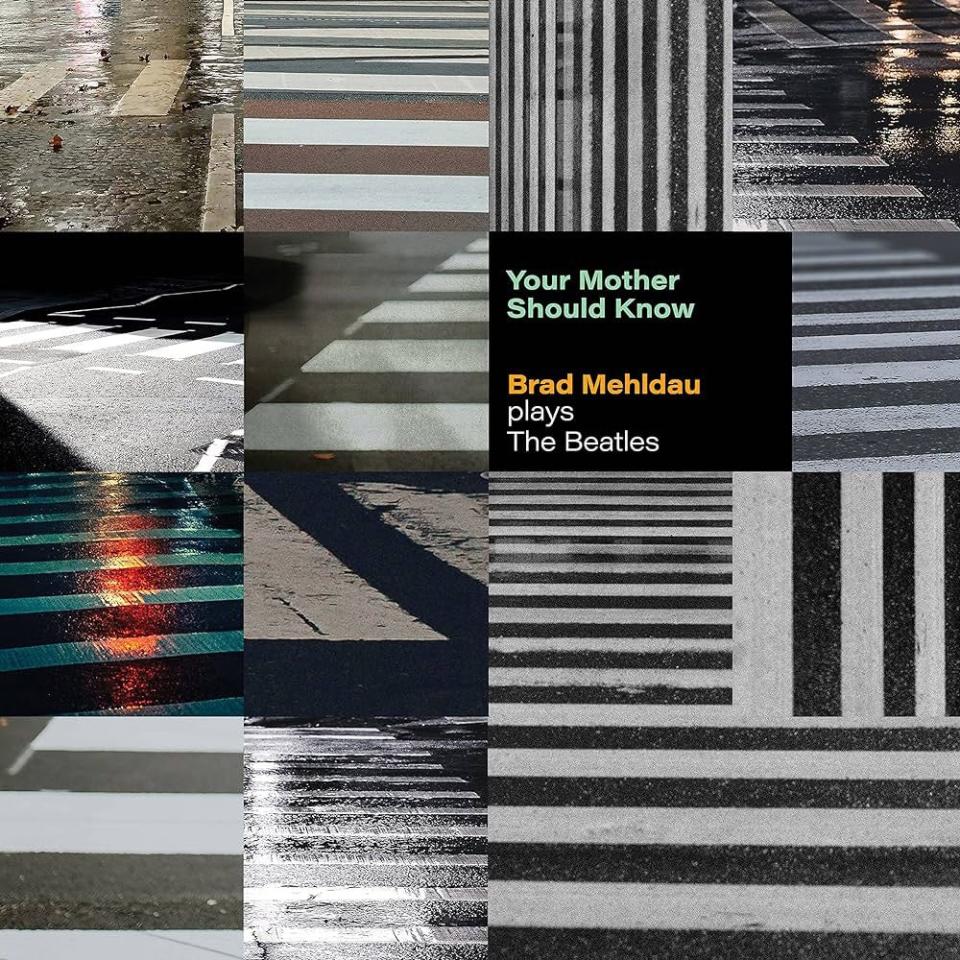
The Andrew of the album’s title is the late Andrew Hill, a pianist-composer whose music is at once cryptic and luminous, dissonant yet romantic. Horton, a fine, burnished-tone trumpeter, leads a sextet of longtime bandmates, all of them deeply versed in Hill’s music, including saxophonist Marty Ehrlich and pianist Frank Kimbrough (the album was recorded in 2016, four years before Kimbrough died). A mix of Hill tunes and Horton originals inspired by Hill, this two-LP set sputters a bit toward the end of its 78 minutes, but for the most part, it’s a shuddersome thrill. (To be released Dec. 14.)
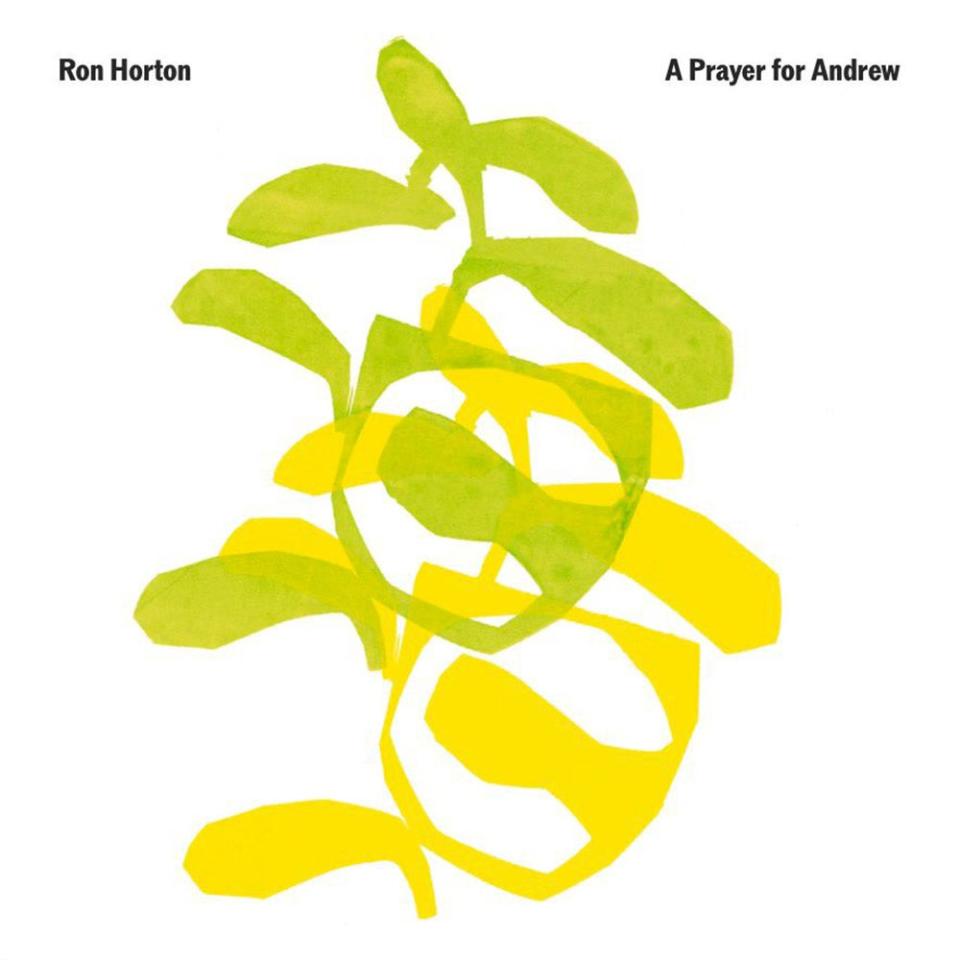
Potter is a virtuosic tenor saxophonist who can play in every idiom with a warm gusto, a fleeting fluency, or a lyrical charm, depending on what fits the song. This is the most straight-ahead album on my list, a program of bebop, gospel blues, and Billy Strayhorn balladry, blown with fine energy, backed by a top-notch rhythm section (pianist Craig Taborn, bassist Scott Colley, drummer Marcus Gilmore), recorded live at the Village Vanguard.
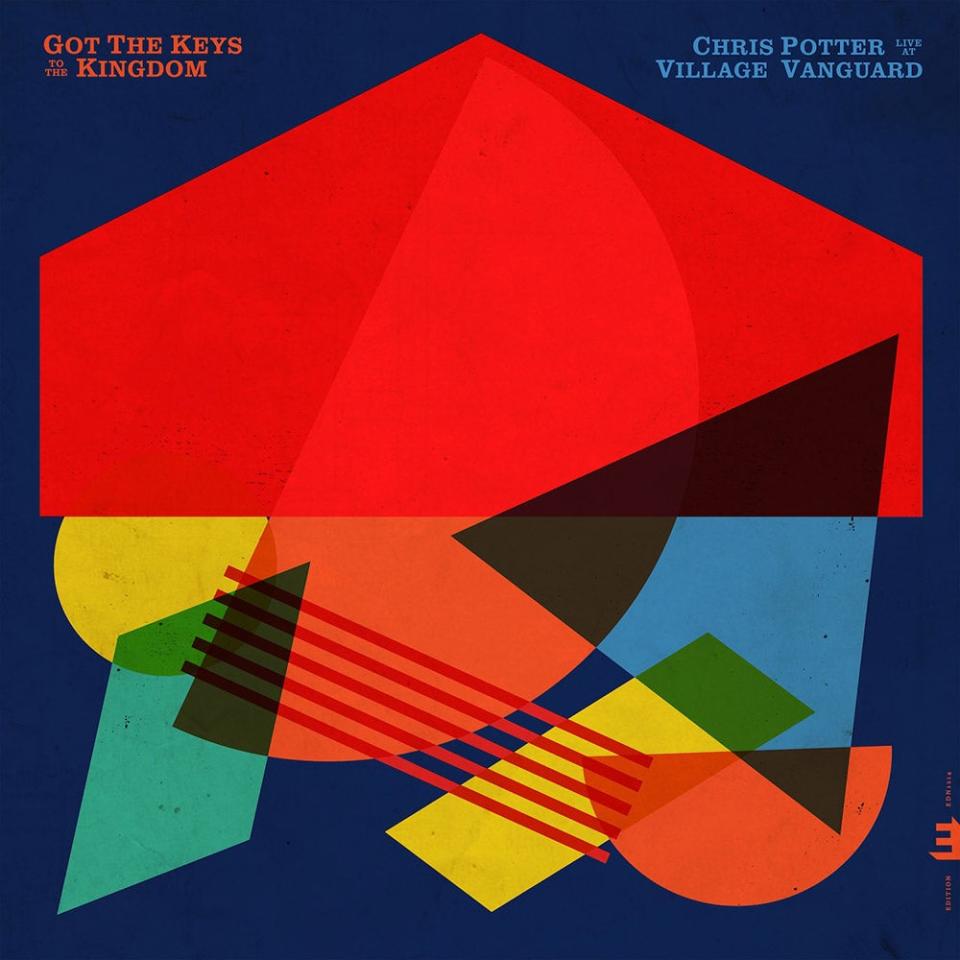
The Art Ensemble of Chicago was hardly a funk band, but you wouldn’t know it from this soundtrack album for a long-forgotten movie, recorded in 1970 at the end of the avant-garde jazz group’s yearlong stay in Paris. The tracks include a noir-ish amble meant to back a chase scene, a lovely ballad built on Monteverdi madrigals, several jagged but upbeat improvs, and—the highlight—an avant-soul masterpiece called “Thème de Yoyo,” with a head-rocking bassline and raucous horn parts, fronted by Fontella Bass (who was married to the group’s trumpeter, Lester Bowie) singing hilariously angry lyrics. It will have you dancing in your head and on your feet.
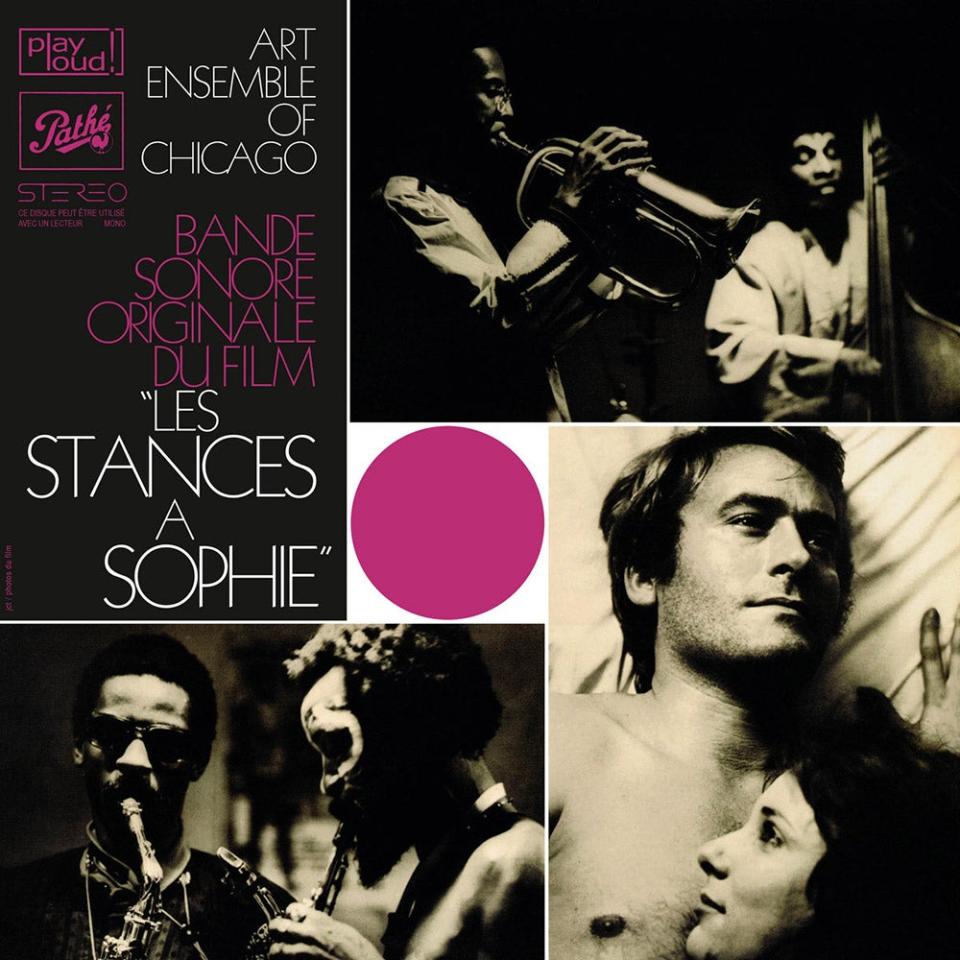
This treasure finds the turbulent trumpeter in a spell of triumph, having recently kicked heroin and signed on to a major label (Columbia), now basking in his favorite city (a refuge for many Black American artists at the time), relishing an affair with the actress Jeanne Moreau—whatever the reasons, this is the most relaxed Miles Davis performance in his massive discography, a pure pleasure.
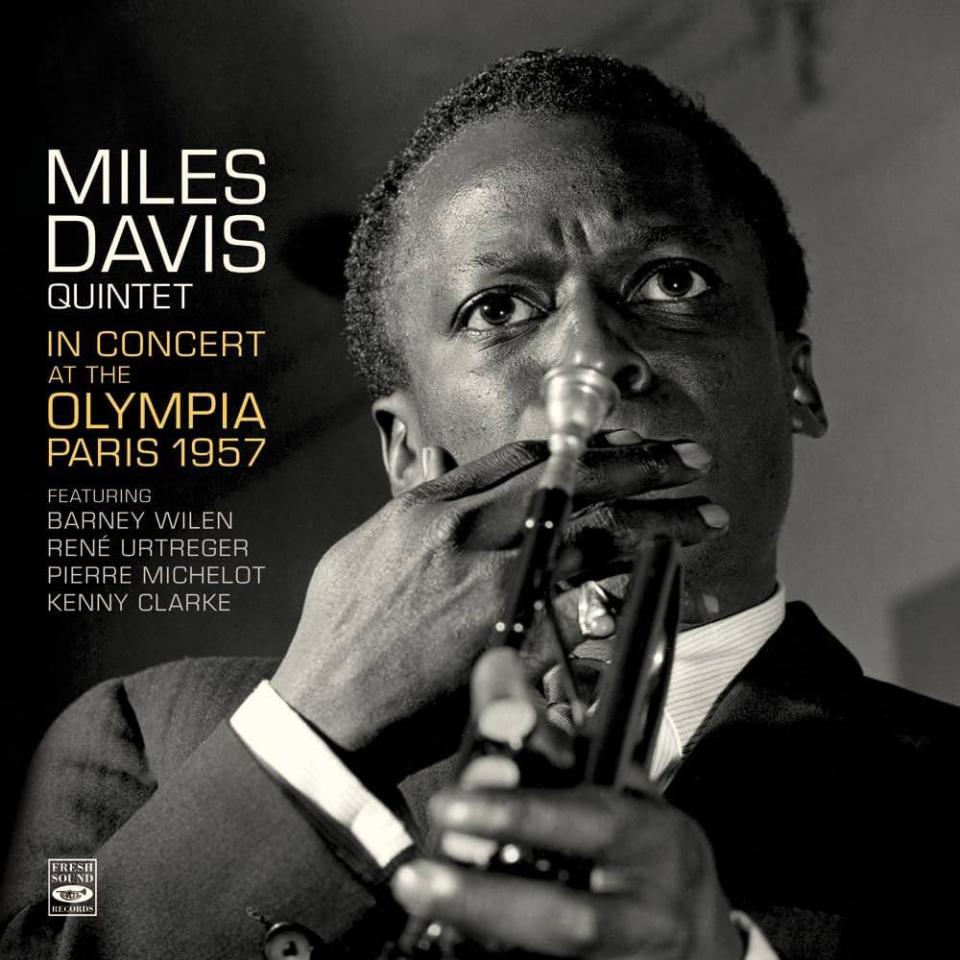
This 2012 duet concert is simply wonderful: seven songs, mostly standards, unrehearsed, the two musicians at the peak of their powers, Allen’s lush piano chords and rambling improvisations meshing seamlessly with Rosenwinkel’s bell-like tones on guitar, the bouquet of sounds glowing in the warm acoustics of the Philharmonie de Paris. A perfect holiday gift.
